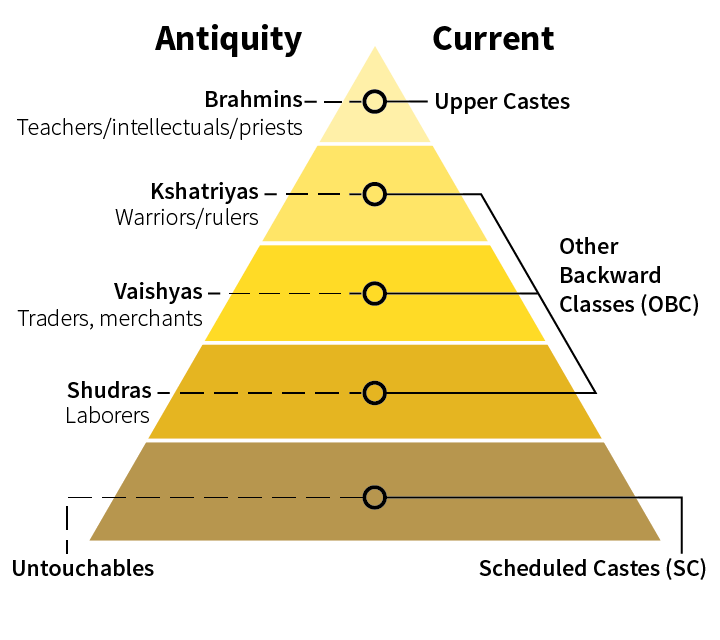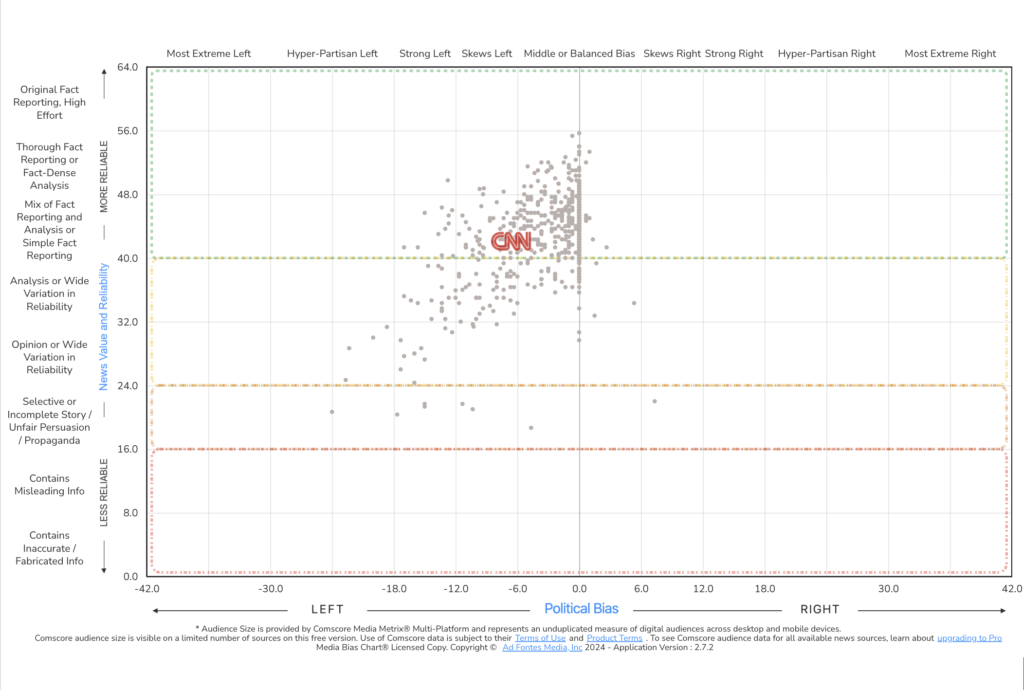With rising economical challenges and ethnic tensions within the country, India has just begun the process of their controversial parliamentary elections. These elections run from the beginning of April, and will continue until the first of June. The Indian voting process is rooted in the country’s affirmative action policies, or “reservations.” These reservations were created to provide marginalized communities jobs and education. Looking into the origins and political landscape of India through a historical lens, gives insight into possible political solutions, and contextualizes the event through history.
The reservation system in India was created following its independence in 1950 in order to tackle some of the economic challenges that had been brought along by the caste system. The policy aimed to help Scheduled Castes (SCs), Scheduled Tribes (STs), and Other Backward Classes (OBCs) by giving a significant percentage of government jobs and education for these communities. The reservation system took a step towards effectively putting an end to discrimination and marginalization within the country. In 1992, the Indian Supreme Court had ruled that reservations across the country be capped at 50%, but in 2019, the government introduced a 10% quota for Economically Weaker Sections (EWS) from the general category (Britannica).

https://fingfx.thomsonreuters.com/gfx/rngs/INDIA-ELECTION/010031Y54EE/index.html
Above is a graph of what each of the classes represent. Each of the categories are on the right hand side, and the translation to their occupation, or societal position is on the left.
Following the events in 2019, many Indian voters are dissatisfied with the current state of voting, calling for a change in the reservation system. This resulted in even more nationwide turmoil, as less developed communities pushed towards inclusion into the reservation system. The people already benefiting from this system now have tensions with the lesser developed communities as they are concerned about losing their opportunities.
Even though the Maratha community holds power in Maharashtra, they have been petitioning to be recognized by the government as an OBC so that they can access reserved quotas. Motivated by government job opportunities, the Maratha community wanted stability in the job market during an otherwise unstable period. The government made a move to please the Maratha community by offering them a 10% reservation under the Socially and Educationally Backwards Classes(SEBCs) cattagory. This move was not only met with skepticism across the country, but even further unrest, given that the state government surpassed the Supreme Court’s previously mandated 50% limit.
The Meitei, another community in Manipur are attempting to receive tribal status. This attempt has raised concerns, and ultimately conflict amongst the Kuki and Naga tribes. The Meiteis demanded tribal status, driven by the idea of new opportunities and land access, jeopardizing the balance among the numerous ethnic groups already in the state. The conflict notably erupted in May of 2023, and resulted in territorial violence, and mass displacement. As reported by ACLED, “Amid a climate of economic insecurity, this system has come under increasing strain” (ACLED).
What is making these challenges harder is the growing problem of voter suppression faced by millions of migrants. The current election rules state that individuals may only vote in their home constituencies. Migrant workers who make up a considerable portion of the Indian labor force often face hurdles when trying to cast their votes unless they return to their hometowns (Yeung). The current system is favorable to those in historically wealthy areas around India, discriminating against the poorest classes, essentially shifting the country farther towards a plutocracy. This error isn’t only a failure of the voting policy, but a violation of the principles of democracy. While the government has formally acknowledged this issue, they have failed to rectify the situation. While there were many suggestions and ideas for a new voting system, they were all completely disregarded in 2023, with millions still unable to vote to this day (Yeung).

https://adfontesmedia.com/interactive-media-bias-chart/?utm_source=SourcePage&utm_medium=OnPageLink
This graph depicts CNN leaning slightly left, although it does maintain a reliable source, making it a good place to look at for overarching concepts, and general ideas.
Having an understanding of India’s policies surrounding reservations is crucial for addressing challenges within that system. What’s more important however, is to revisit these policies, promote inclusive economic development, and strengthen the validity of their supreme court. All of this can help mitigate tensions within India, and lead to a more equitable country, and by extension, a more equitable world. It is essential for any democracy that every citizen, including migrants, have both the opportunity and resources required to participate in voting. Addressing each of these issues goes way beyond policy changes, it requires a commitment to protecting the rights of all individuals (BBC).
Sources:
“India election 2024: When are they, why do they matter and who can vote?” 2024. BBC. https://www.bbc.com/news/world-asia-india-68678594.
Yeung, Jessie, and Noemi Cassanelli. 2024. “In the world’s biggest election, millions of migrants are unable to vote.” CNN. https://www.cnn.com/2024/05/13/india/india-elections-migrant-workers-voting-intl-hnk-dst/index.html.
Armed Conflict Location & Event Data Project. “India Votes 2024: Economic Discontent Deepens Ethnic Divisions Ahead of Elections.” Armed Conflict Location & Event Data Project, 2024. http://www.jstor.org/stable/resrep59175.
Britannica, E. “Election Commission of India.” Encyclopedia Britannica, May 17, 2024. https://www.britannica.com/topic/Election-Commission-of-India.

Comments are closed.